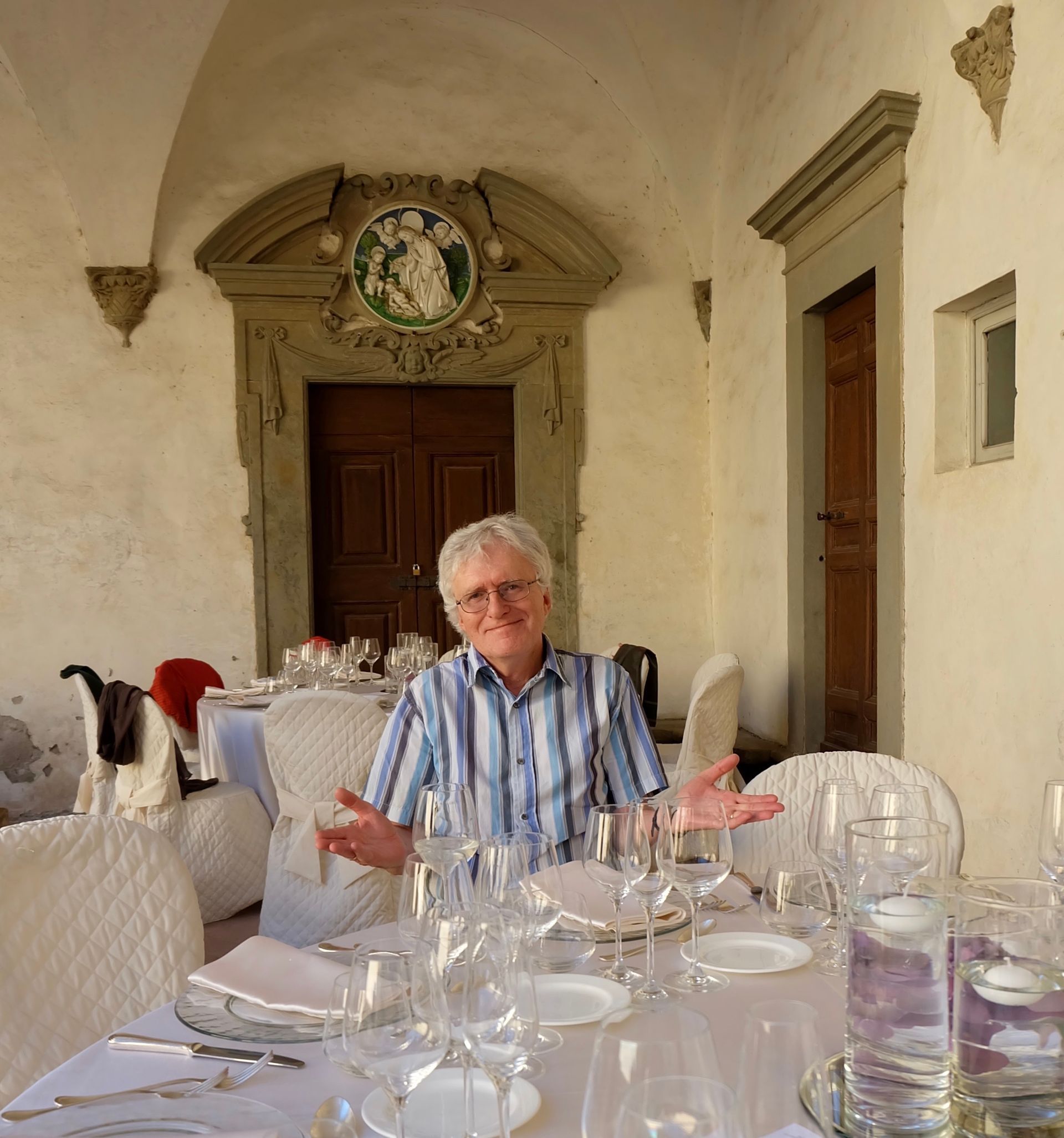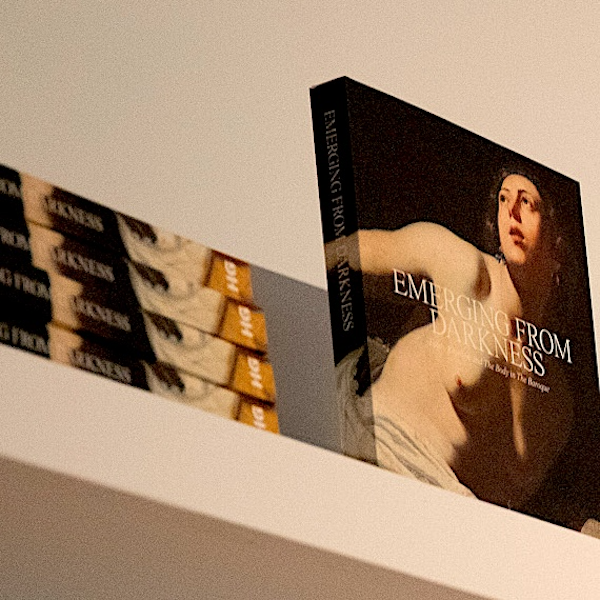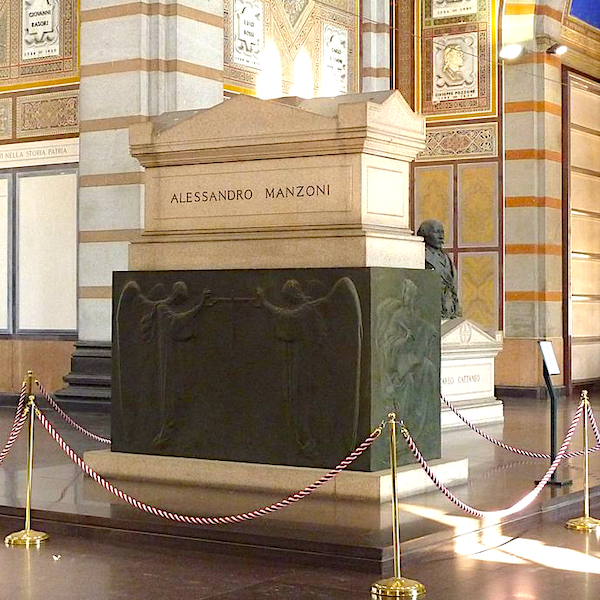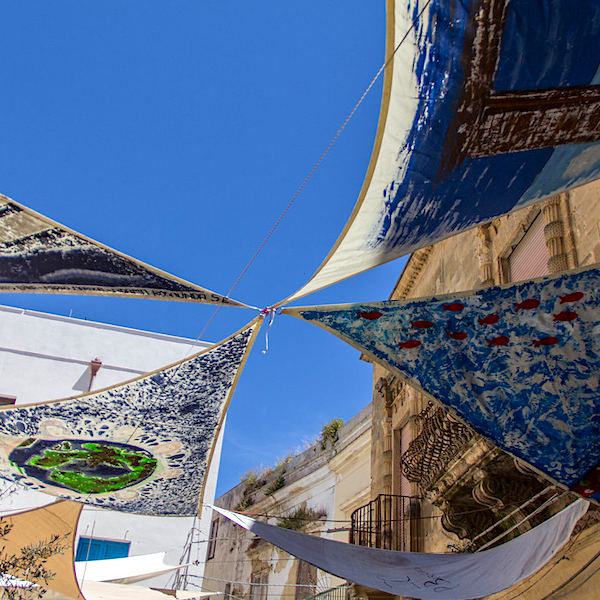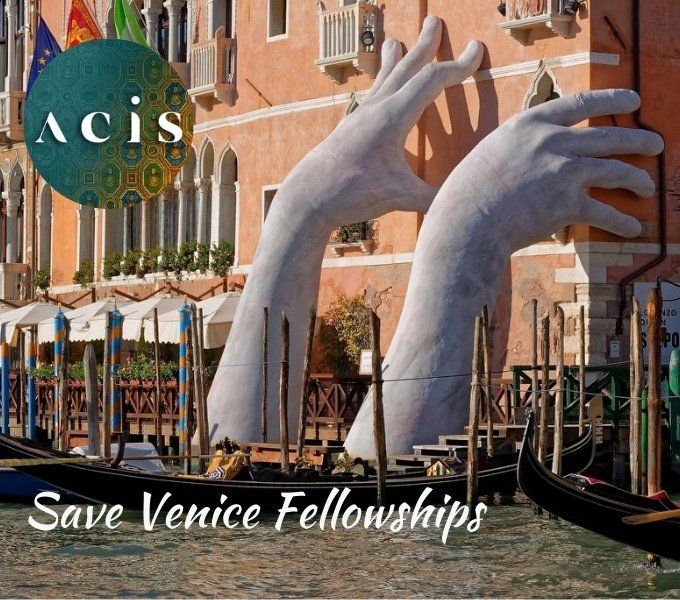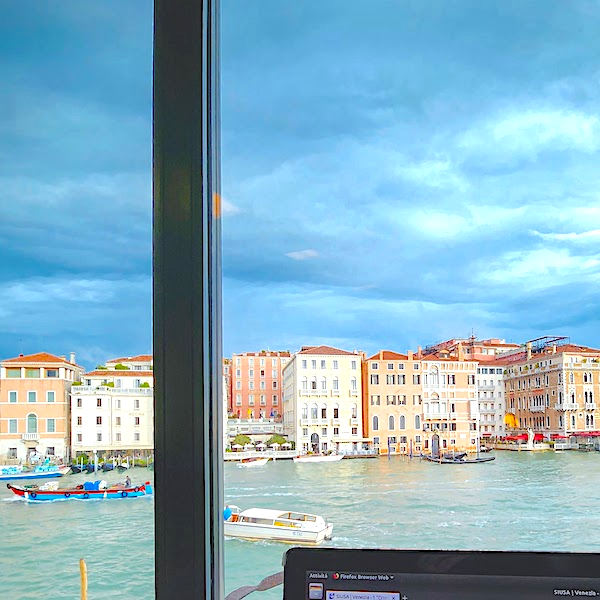Stillness in motion: Italy, photography, modernity
Sally Hill Victoria University of Wellington
site specific_ROMA 04 © OLIVO BARBIERI
Contemplating the first daguerreotypes of “a motionless, lunar Italy, suspended over bottomless pasts,” the social historian Giulio Bollati wondered how photography could fulfill its modernizing vocation in such a timeless and pastoral scene. What happens when photography encounters this “deviant and peculiar” historical environment? Would such “backwardness” alter or impair photography’s meanings and its expression of industrial Europe? What does Italian cultural history look like studied through the lens of photographic technology? How does the Italian context speak to photographic theory in general?
Stillness in Motion: Italy, Photography and the Meanings of Modernity (University of Toronto Press, forthcoming 2015), coedited by Sarah Patricia Hill and Giuliana Minghelli, seeks to answer these questions. It takes as its premise the idea that trying to understand the impact of photographic practices in Italy means trying to understand Italy’s relation to modernity. In exploring what photography reveals about Italian culture (probing issues of national identity, theories of art, notions of modernity) it also examines photography from the perspective of specific Italian cultural phenomena (futurism, neorealism, the paparazzi, terrorism). It argues that the study of photography as artistic medium, everyday practice and cultural object provides a point of entry to the relations Italian culture has entertained with technology and modernity from Unification to today and offers new perspectives on this endlessly fascinating medium.
The contributors – art historians, cinema, cultural studies and literature scholars, artists and theorists – approach photography as a rich and unstable entity: a technology that embodies and inflects modernity, a cultural practice that affects every sector of Italian society and a material object embedded in new social and artistic realities. The chapters explore how literature, the social sciences, the artistic avant-garde, cinema, popular culture, and politics have confronted and appropriated photography, and how photography in turn has inhabited and shaped Italian culture.
Through a series of historically located encounters, Stillness in Motion shows how photography is appropriated to serve nationalist, propagandistic or commercial ends, yet consistently escapes and critiques any ideological containment. Over the course of the book, Italy’s historical and cultural belatedness unfolds as a productive critical moment, allowing both an oblique view of modernity and a reframing of our contemporary relation with the photographic medium.
TABLE OF CONTENTS
Sarah Patricia Hill and Giuliana Minghelli: Introduction
Part I National Beginnings and Modernist Fears
1. Roberta Valtorta, with Sarah Patricia Hill and Giuliana Minghelli: Photography and the Construction of Italian National Identity
2. Maria Grazia Lolla: Local Colour and the Grey Aura of Modernity: Photography, Literature, and the Social Sciences in Fin-de-Siècle Italy
3. Giuliana Minghelli: Eternal Speed/Omnipresent Immobility. Futurism and Photography
Part II Modern Memory Objects: Social Histories of the Photograph
4. Giogia Alù: The Peripatetic Portrait: Exchange and Performance in Studio Photographs of Migrants at the Turn of the Nineteenth Century
5. Luca Cottini: Presente! The Latent Memory of Italy’s Great War in its Photographic Portraits
Part III Photography and the Acceleration of Modernity: Reality-Commodity-Violence
6. Barbara Grespi: Italian Neo-Realism between Cinema and Photography
7. Sarah Patricia Hill: Photographic Excess: “Scandalous” Photography in Film and Literature after the Boom
8. Christian Uva: Images of Violence, Violence of Images: The ‘Years of Lead’ and the Practice of Armed Struggle between Photography and Video
Part IV Critiques of Modernity: Stillness, Motion, and the Ethics of Seeing
9. Robert Lumley: The Body in and of the Image in the Films of Yervant Gianikian and Angela Ricci Lucchi
10. Marina Spunta: Interfaces of Photography, Writing, and Landscape: The Landscape Photobook from Ghirri to Fossati and Messori
Part V Documents and Experiences
11. Umberto Eco: A Photograph
12. Franco Vaccari: Photography and the Ready-Made; Apollo and Daphne: A Myth for Photography; Giuliana Minghelli: Interview with Franco Vaccari.
